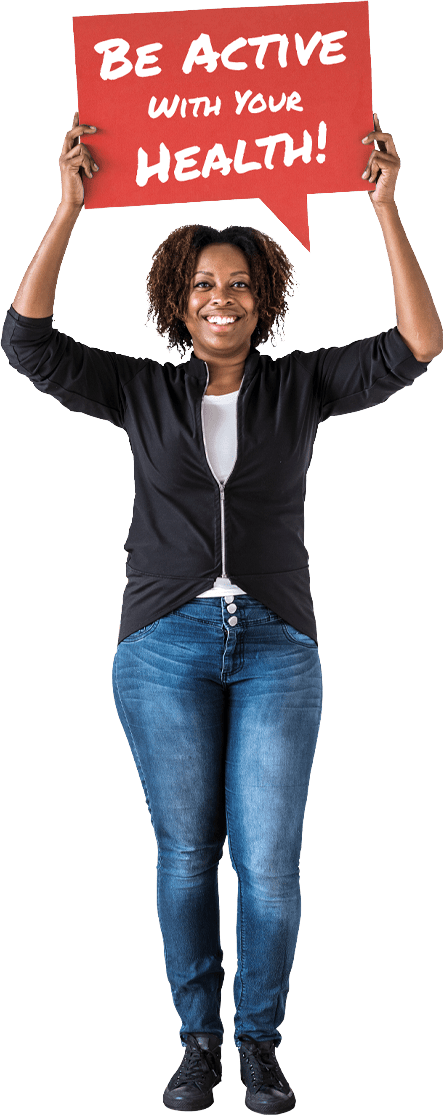Osteoporosis is a condition that decreases bone mineral density which weakens bones, making them more fragile and so, more likely to break. It develops slowly over many years without any symptoms or pain so you might not even know until you fracture a bone. However, there are some steps you can take to reduce your risk of the disease and slow down the progression if you have already been diagnosed.
Causes Of Osteoporosis
Both men and women can get osteoporosis although women are four times more likely to develop it than men. This is because of changes in hormones, namely oestrogen, which fall during menopause causing a decrease in bone density.
There are many factors that may increase your risk of osteoporosis:
- Excess alcohol consumption over time
- Reduced testosterone levels in males e.g. treatment for prostate cancer
- Long-term use of some medications such as corticosteroids, proton pump inhibitors, selective serotonin reuptake inhibitors and anti-epileptic medications
- Diet – one that is low in calcium and has been from a young age
- Vitamin D deficiency – not getting enough sunlight exposure
- Smoking
- Low levels of physical activity and prolonged periods of inactivity
- Family history – if a parent has osteoporosis

Diagnosis
When over the age of 50 years, you can get a DEXA (dual-energy x-ray absorptiometry) scan if you are at risk. It is a quick, painless and non-invasive test, it’s like having an x-ray but with a much lower dose to measure your bone mineral density. This is usually measured at the hip, pelvis and lower spine as this is where the most risk of fracture is. You can also be diagnosed with osteopenia if bone density tests show you have decreased bone mineral density but not enough to classed as osteoporotic. If you have osteopenia it is important to still follow the steps below to prevent it progressing to osteoporosis.
Prevention and Treatment For Osteoporosis
Our bones are in a constant state of renewal, new bone is made as old bone is broken down. In younger years, the body makes new bone faster than it breaks down so bone mass increases. After our early 20s this process starts to slow, and by age 30 most of us have reached our peak bone mass. After this, old bone is broken down faster than new bone is created, which over time causes osteoporosis. So, the higher our peak bone mass, the more bone we’ll have “in the bank” and the less at risk we’ll be of developing osteoporosis.
Therefore, leading a healthy lifestyle from a young age is one of the best ways to protect and prevent from osteoporosis. Regular exercises, a good nutritious diet, reducing alcohol consumption and quitting smoking can all help reduce our risk.
Calcium and vitamin D are two important nutrients, they work together to maintain bone strength, calcium helps build and maintain bones while vitamin D helps the body to effectively absorb calcium.

High calcium sources
- Organic dark green leafy vegetables – such as kale, cabbage, broccoli, spinach and collards
- Calcium-fortified foods such as orange juice and cereals
- Organic unhomogenised dairy – such as milk, yogurt or kefir
- Sardines and salmon
- Seeds – such as sesame, poppy and chia
- The optimum amount of calcium is 1000mg for under age 50 and 1200mg for over age 50 per day.

Vitamin D
- Increasing our intake of vitamin D will improve the body’s ability to absorb calcium
- We can get vitamin D from the sun during the summer months however if you wear sunscreen, are housebound or currently in the winter months then a vitamin D supplement would be needed. If this is something you need then click here to see my other blog on vitamin D supplementation
- A recommended dose of 4000 iu is optimum for the prevention of osteoporosis

Exercise
Regular exercise is an important part of prevention and treatment for osteoporosis. Research has shown that the best type for bone health is strength or resistance training and weight-bearing exercise. A combination of these helps to strengthen muscles and joints. It also improves coordination and balance which reduces the risk of falling and improves ability to carry out daily activities to delay the loss of independence. Adults aged 19-64 should do at least 2.5 hours of moderate-intensity activity such as brisk walking, cycling and skipping as well as strengthening activities 2 or more days a week.
If you have concerns, we’re here to help
If you have any concerns or would like to start working areas of your life to help prevent osteoporosis, it is best to see one of our healthcare professionals who can advise on the correct diet, supplements and exercise specifically for you. To start, we’d highly recommend trying a free 15-minute discovery consultation with our team. Book yourself in to give your bones a boost!
The first step to owning your health
Unsure where to start or which practitioner to see? Book a Free 15 Minute Discovery Consultation to speak with one of our experts today.
15 minute consultations are about you. There’s no high pressure sales pitches, no catches or hidden fees & absolutely no obligation to book a treatment.

Associations














